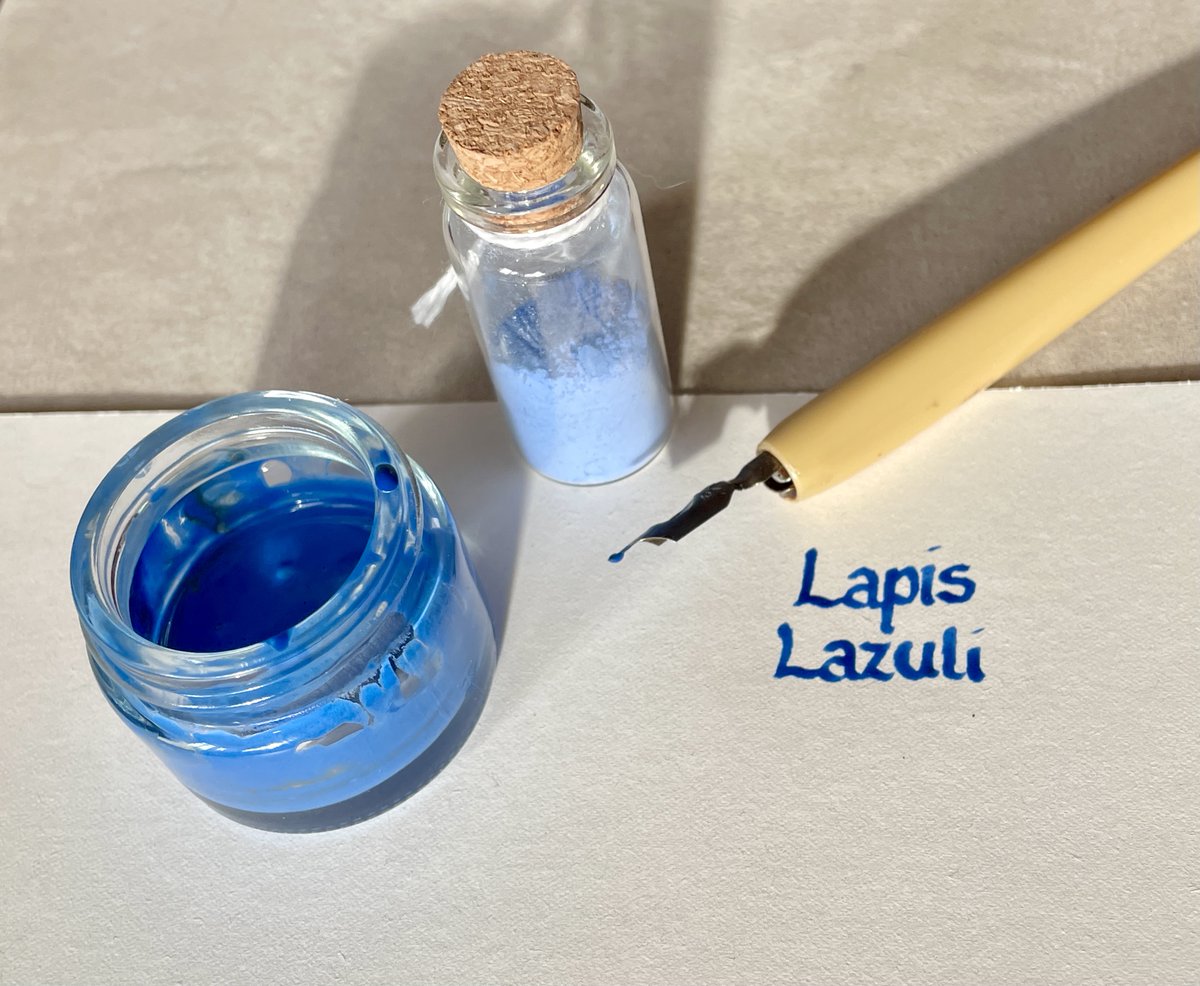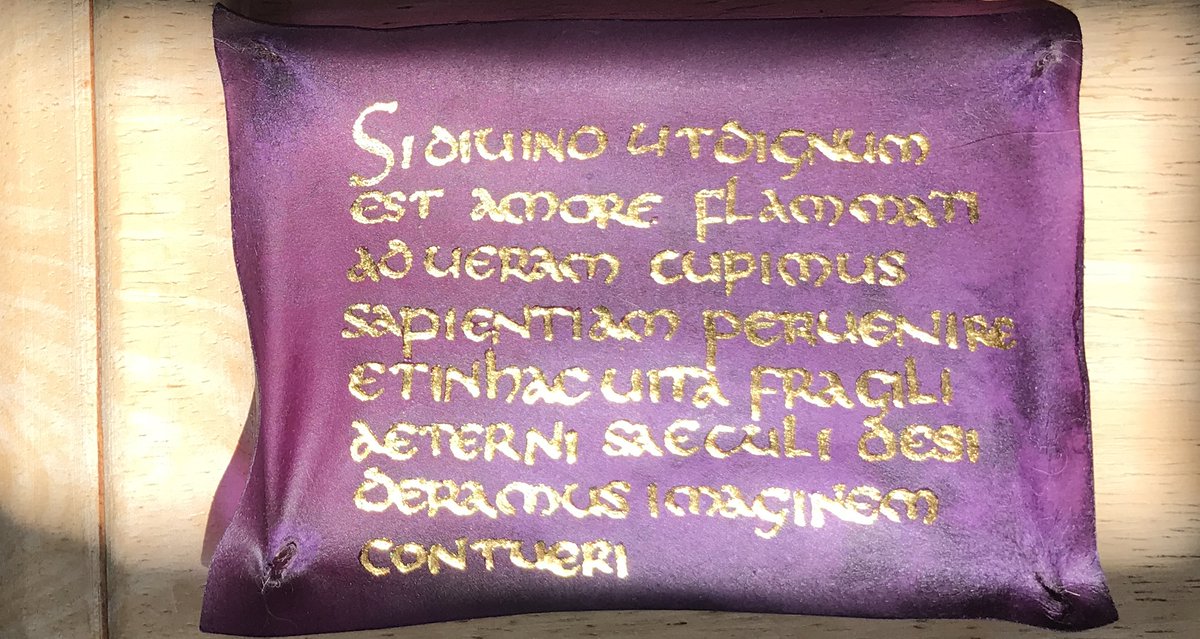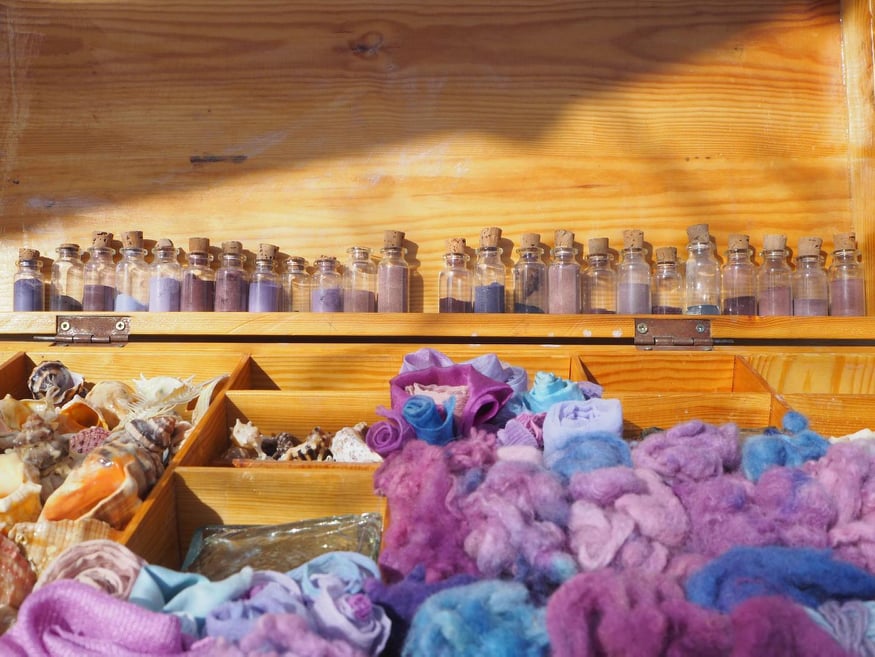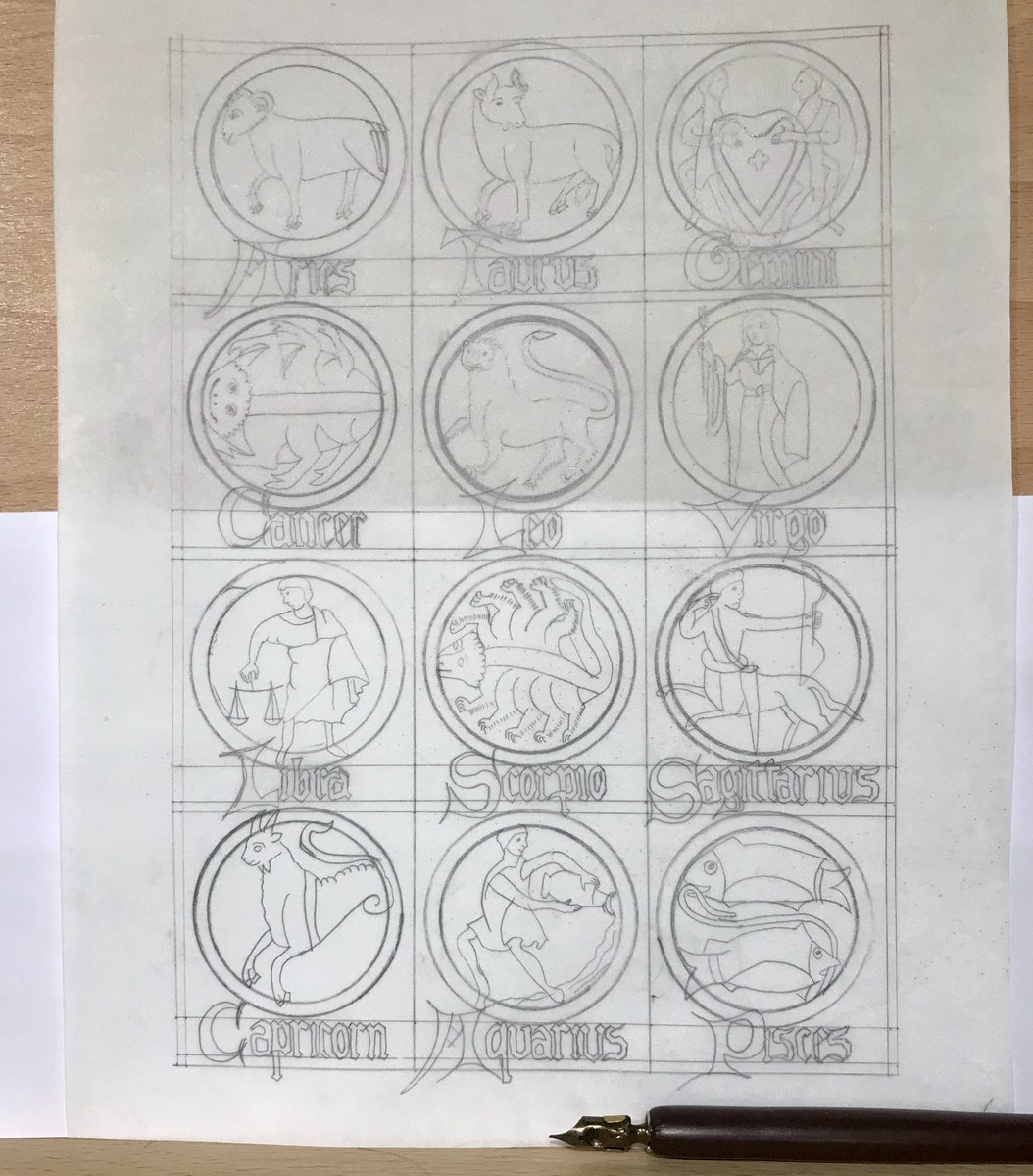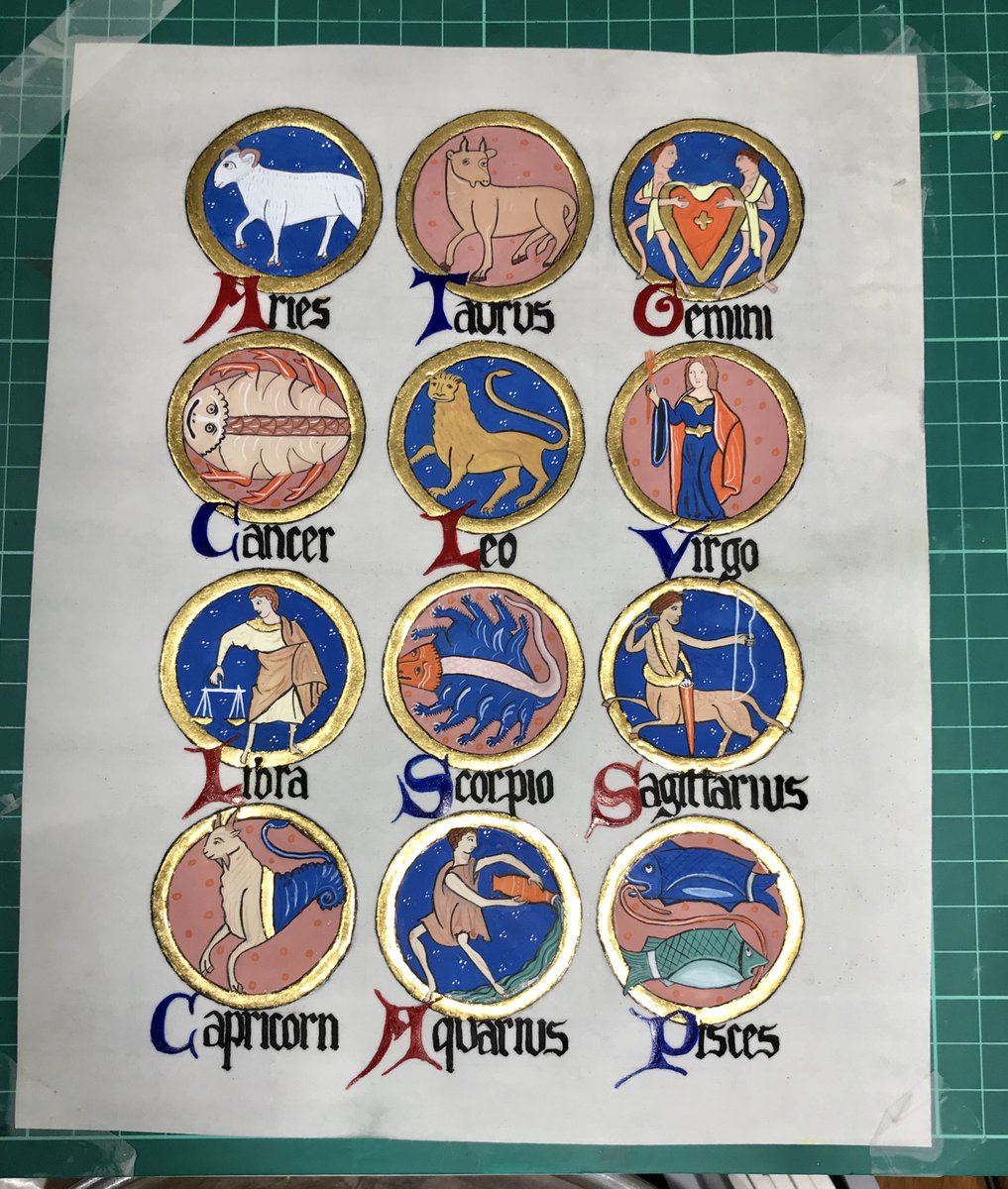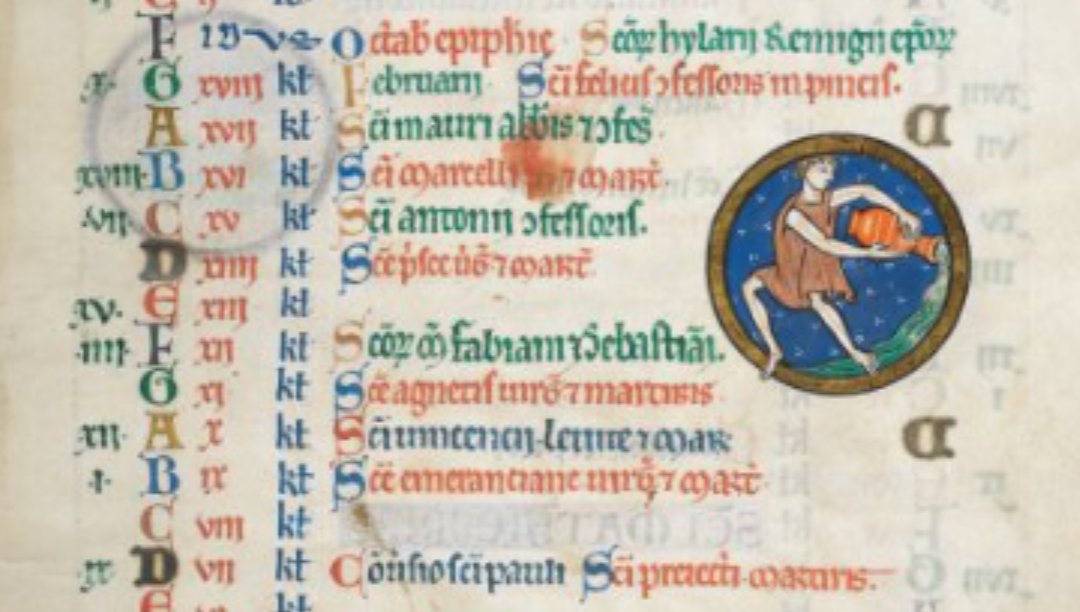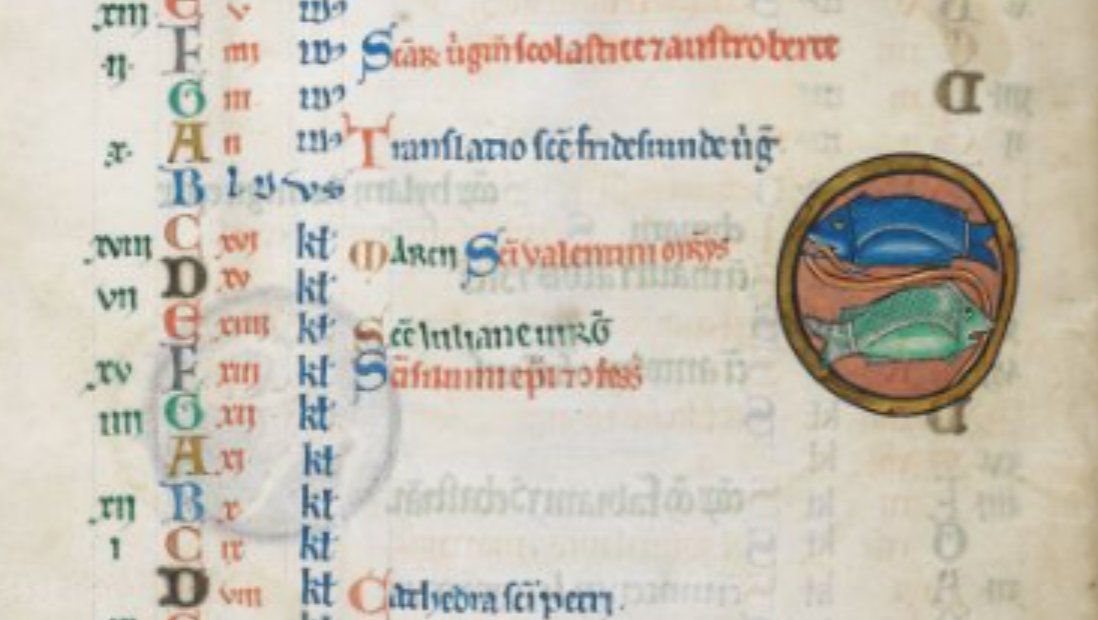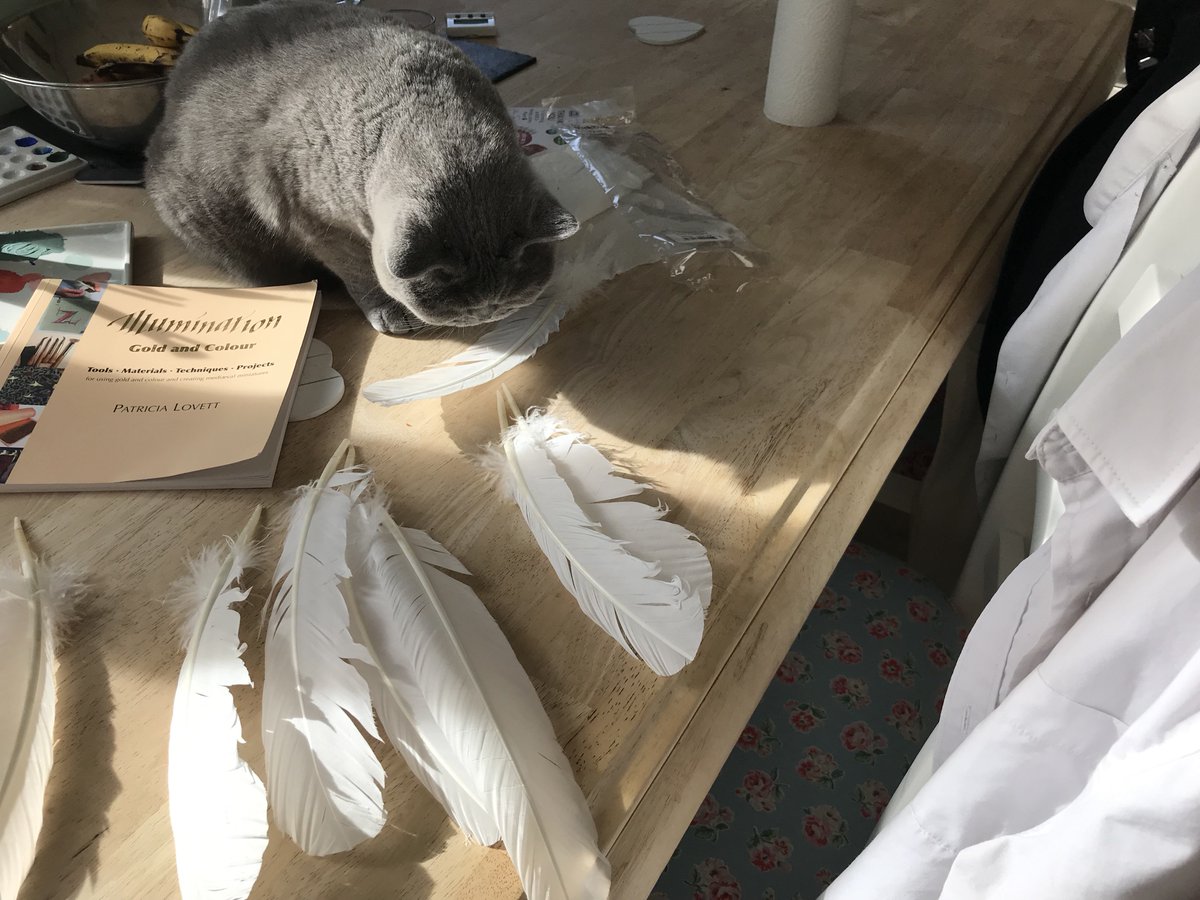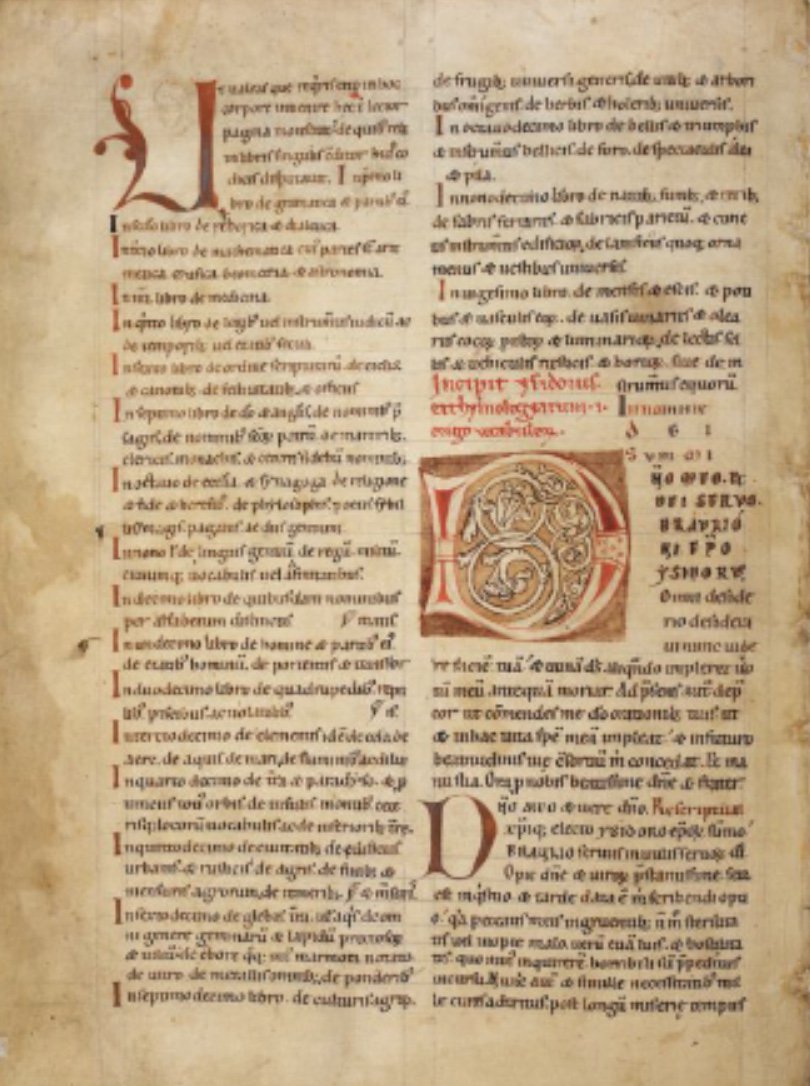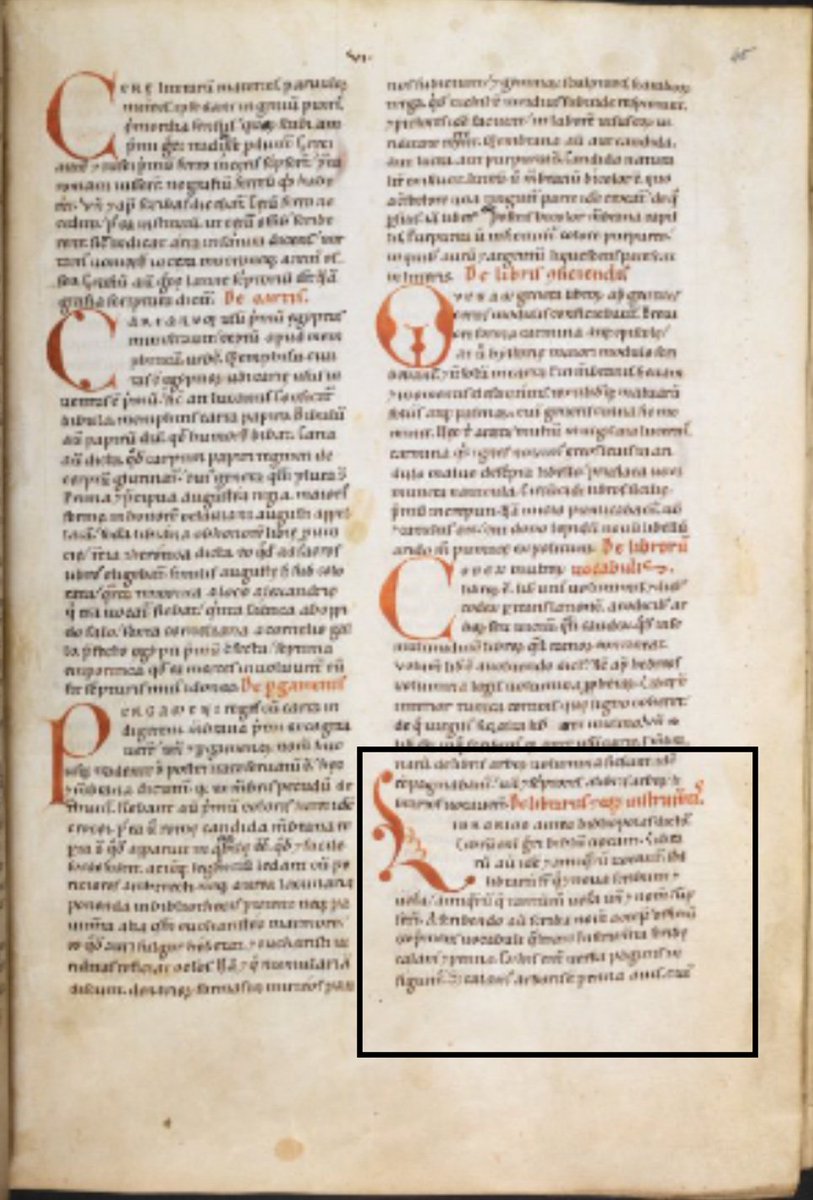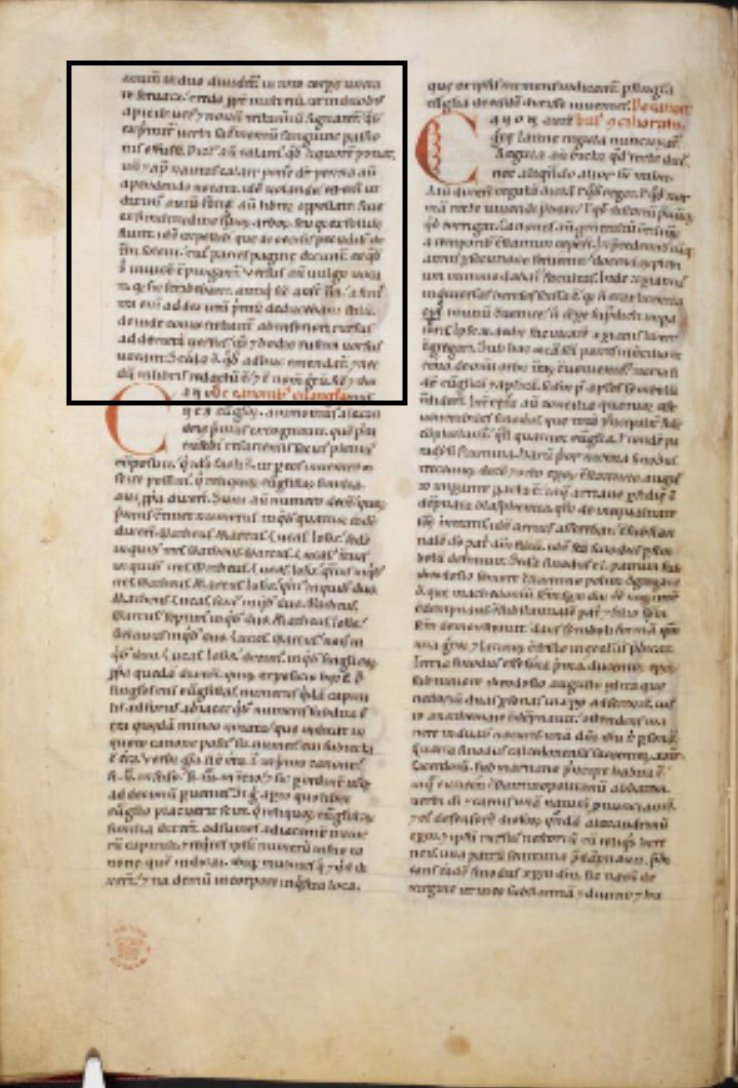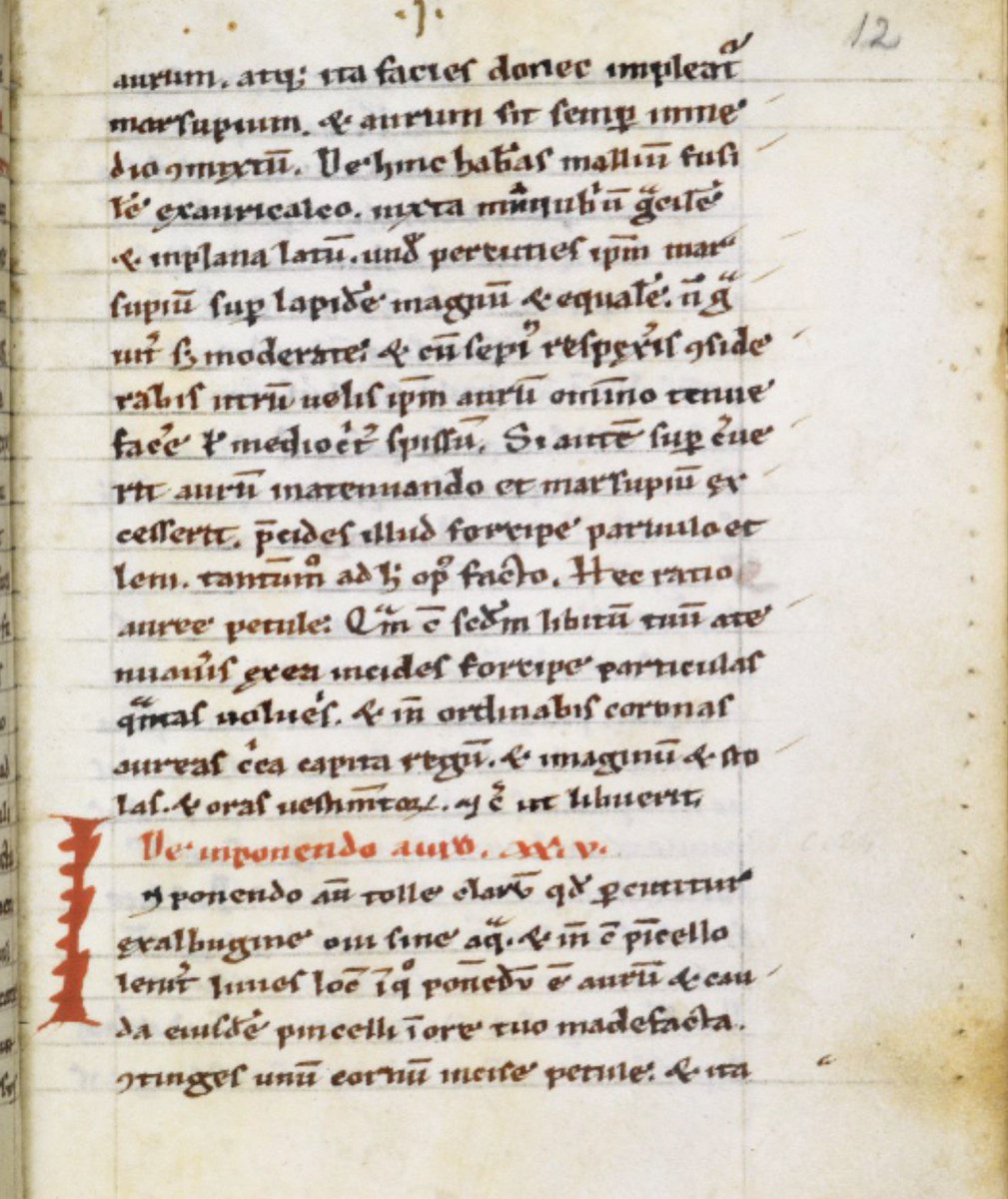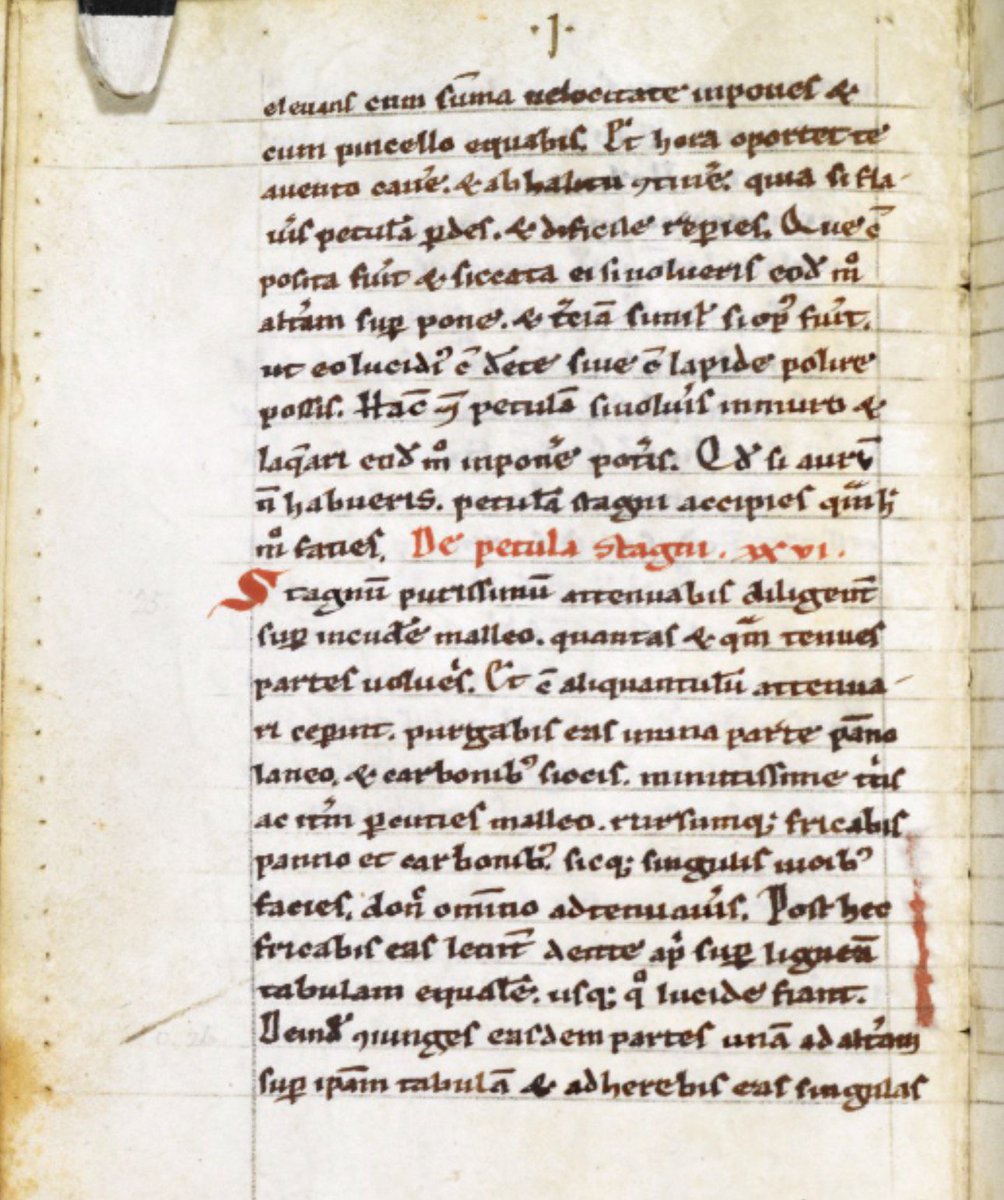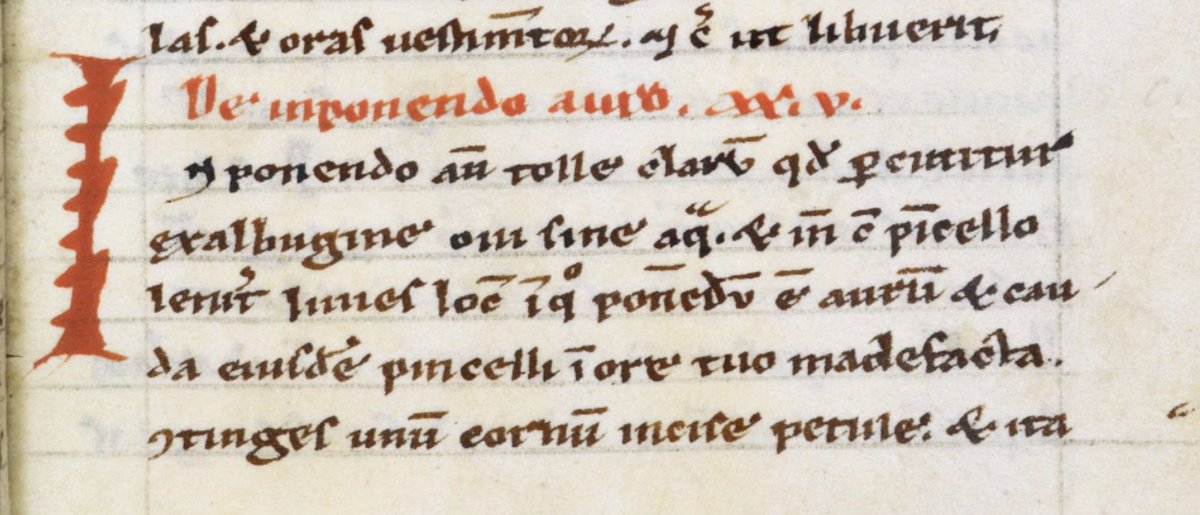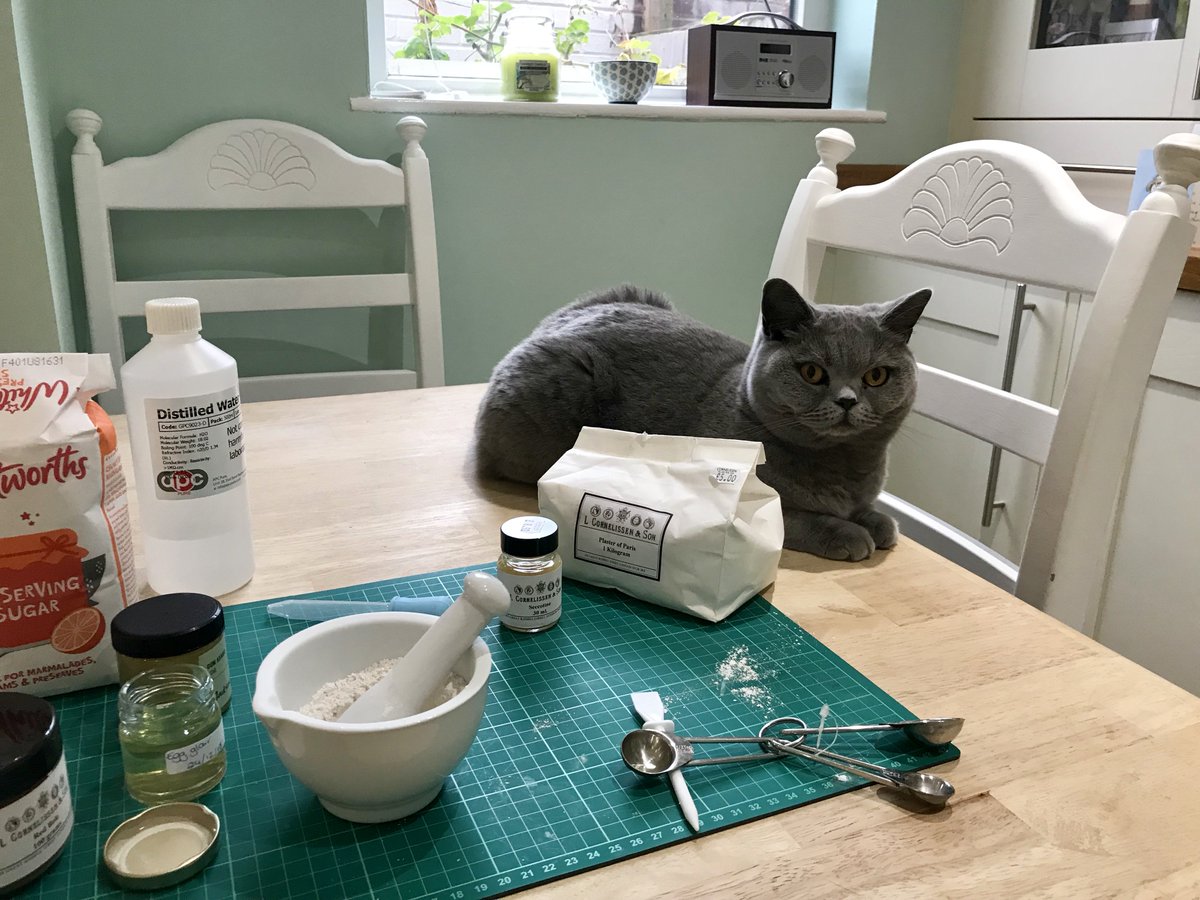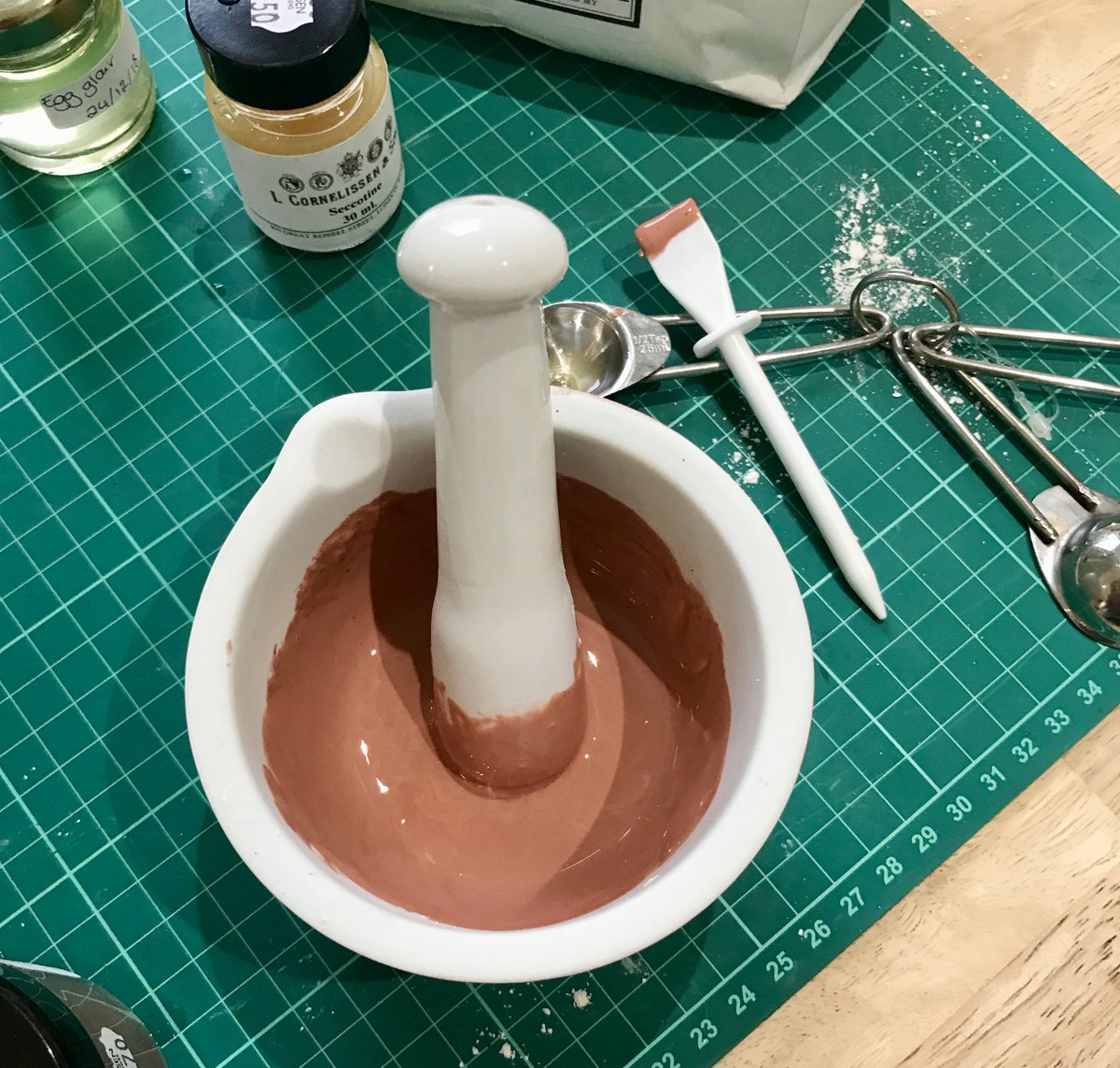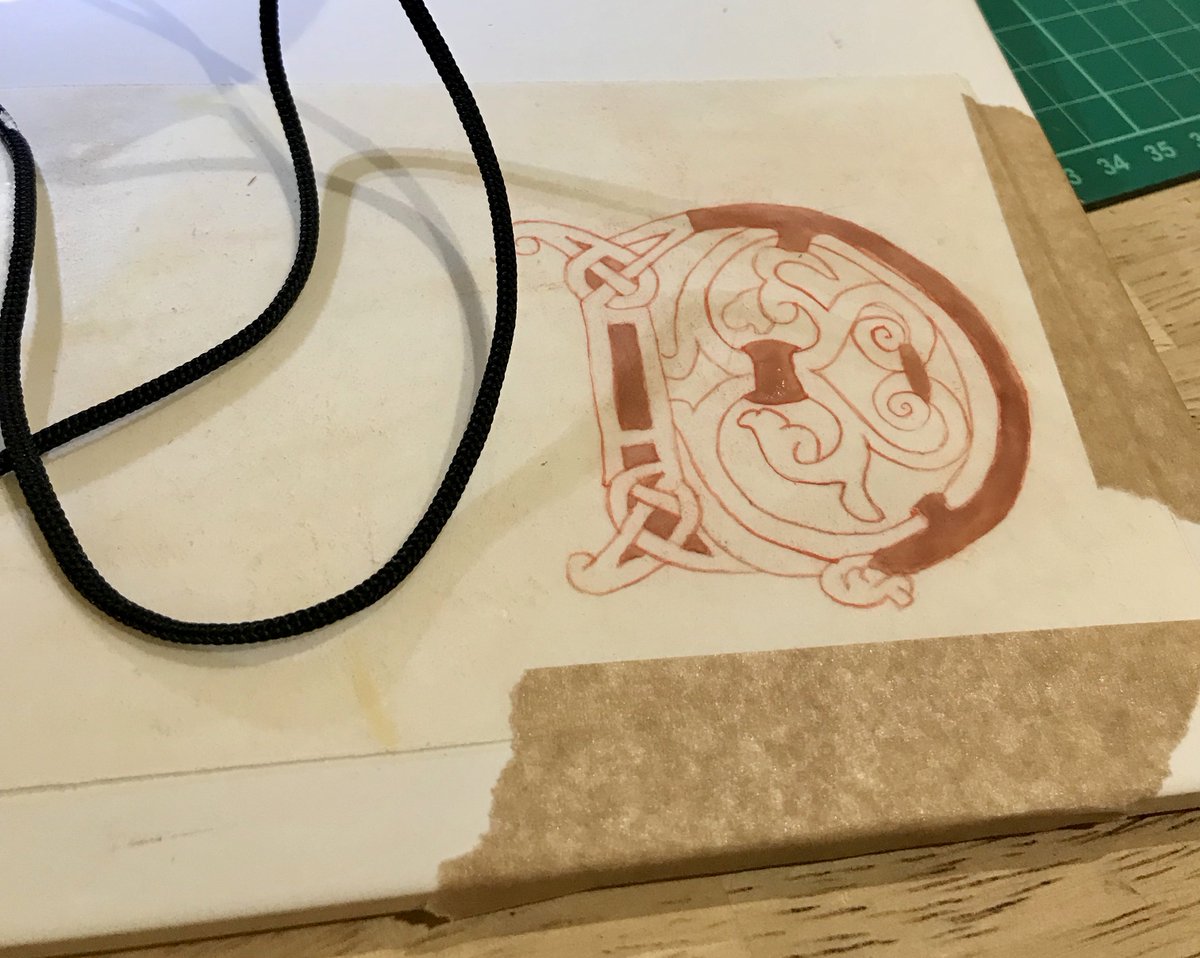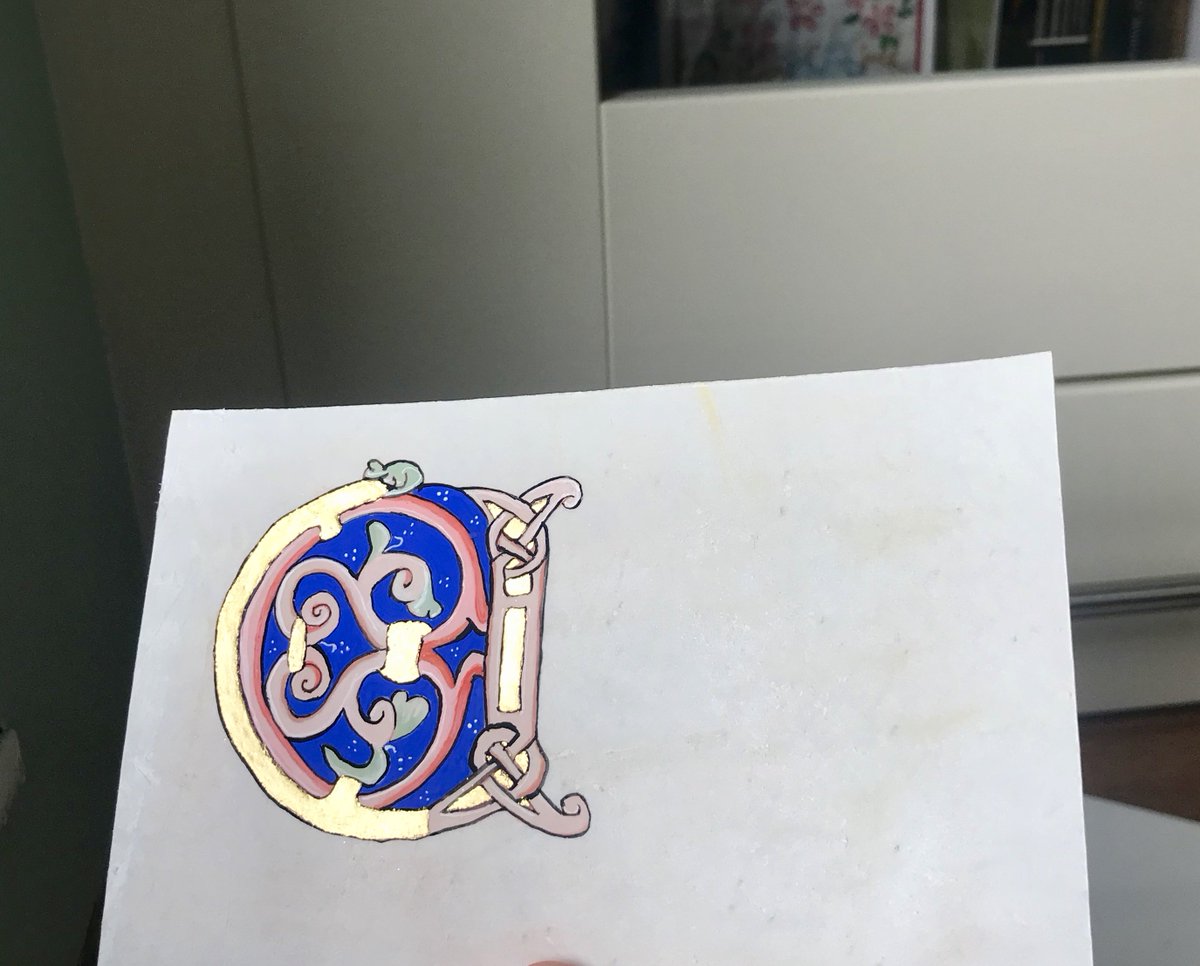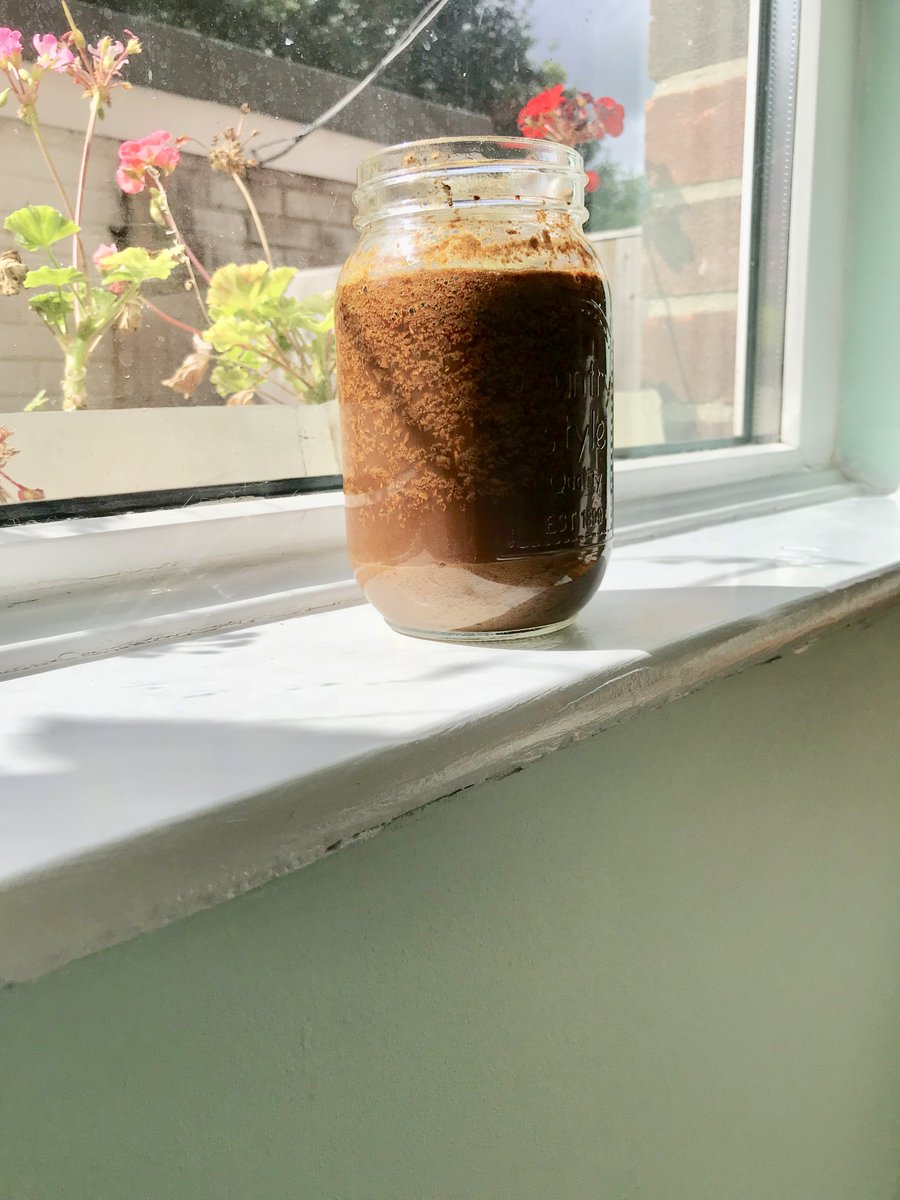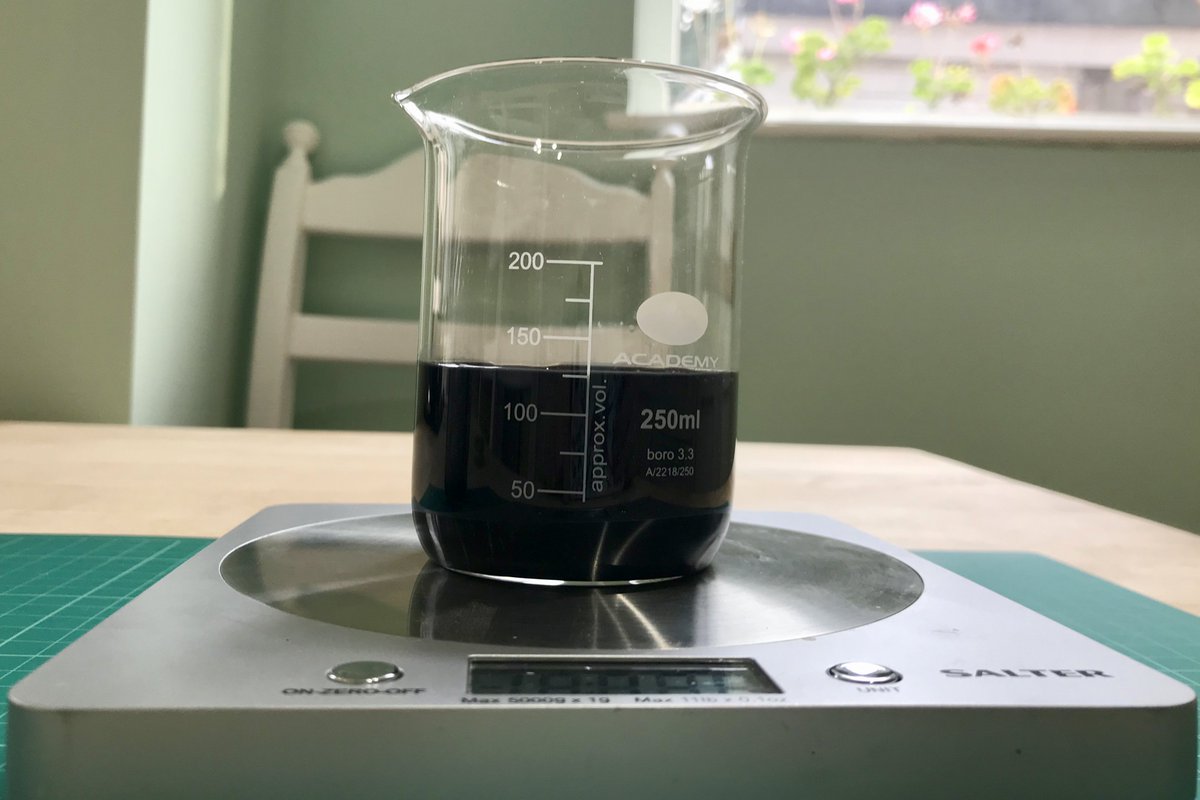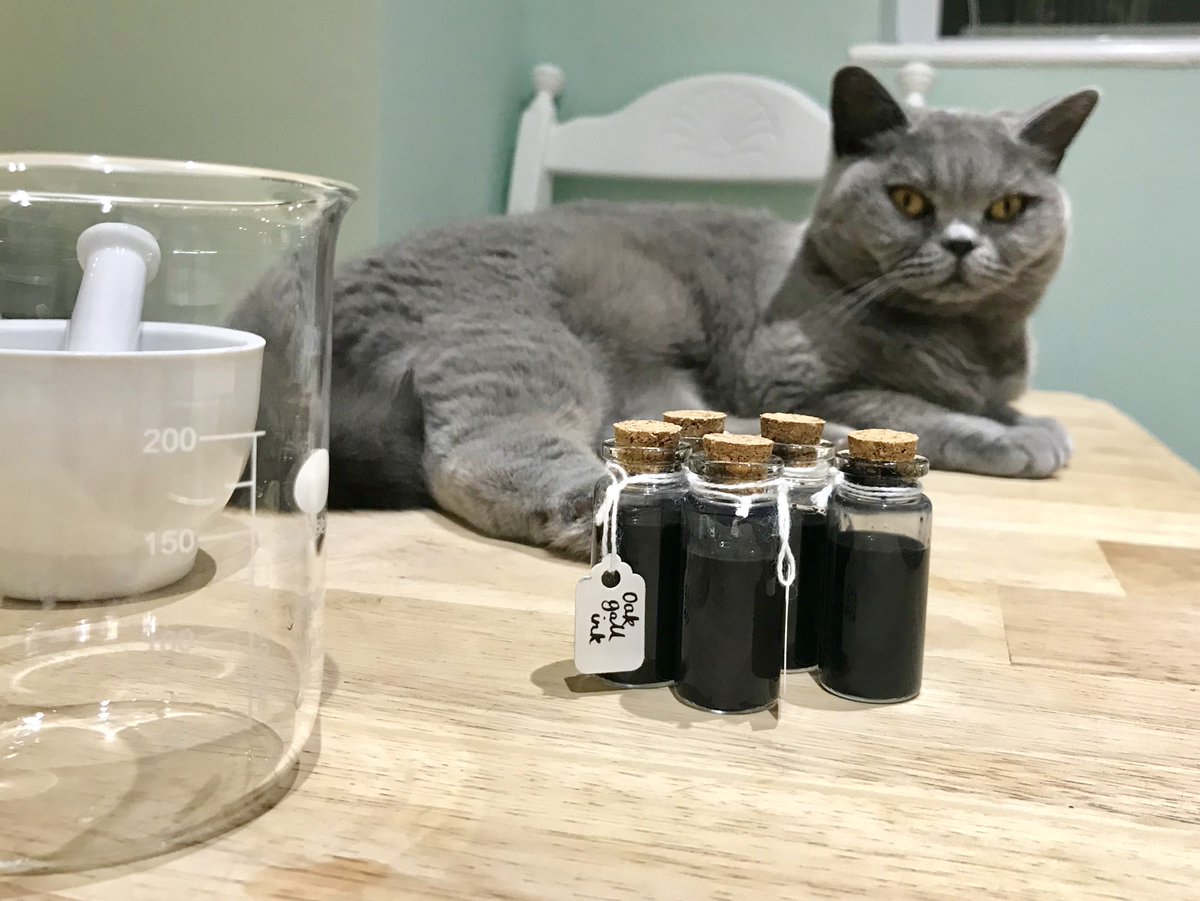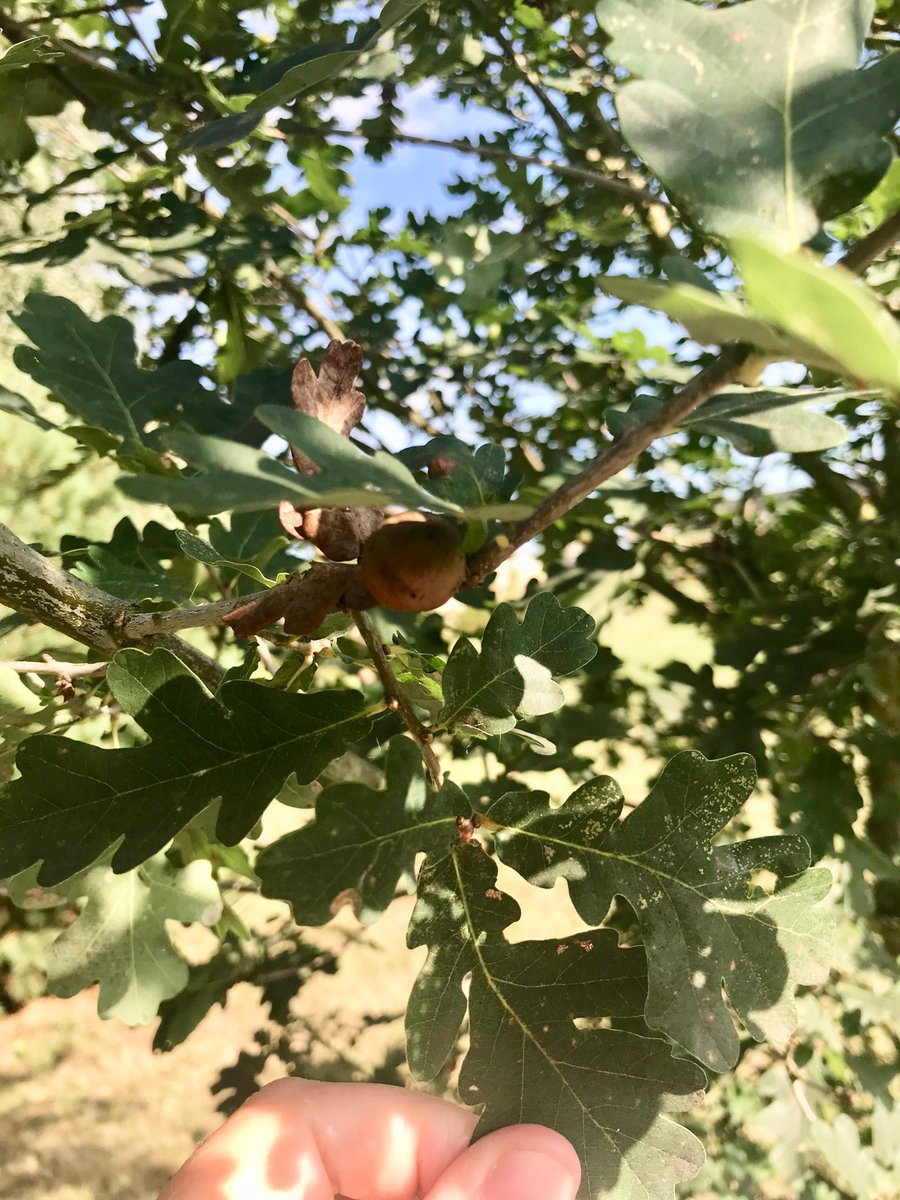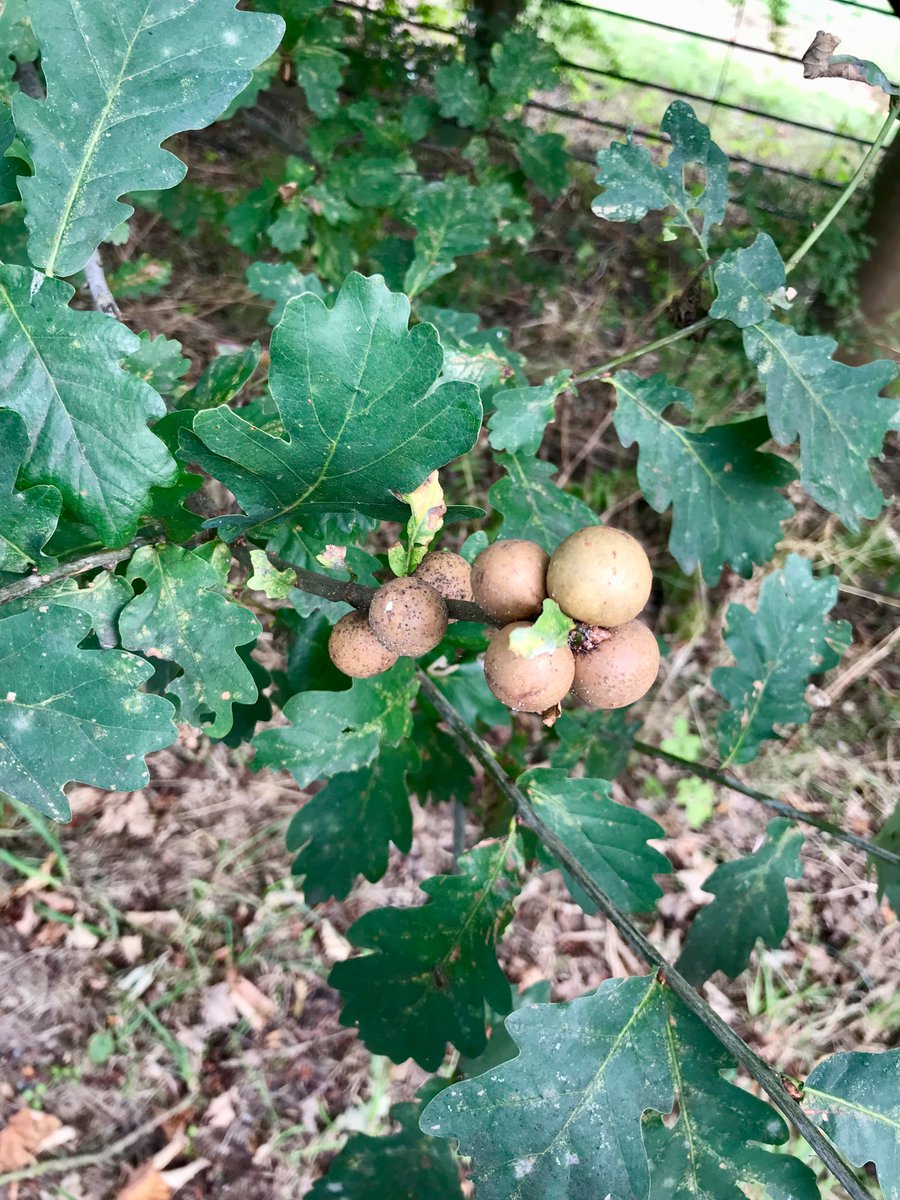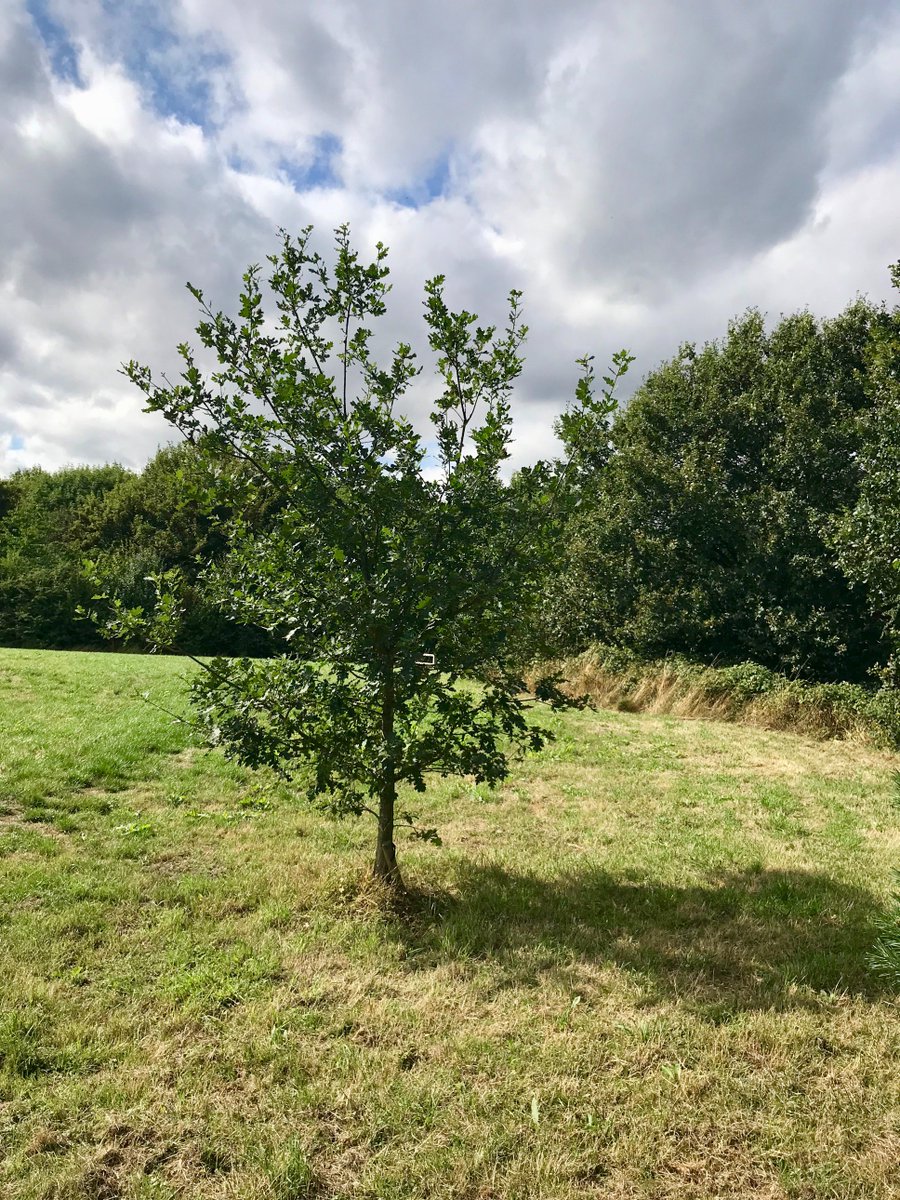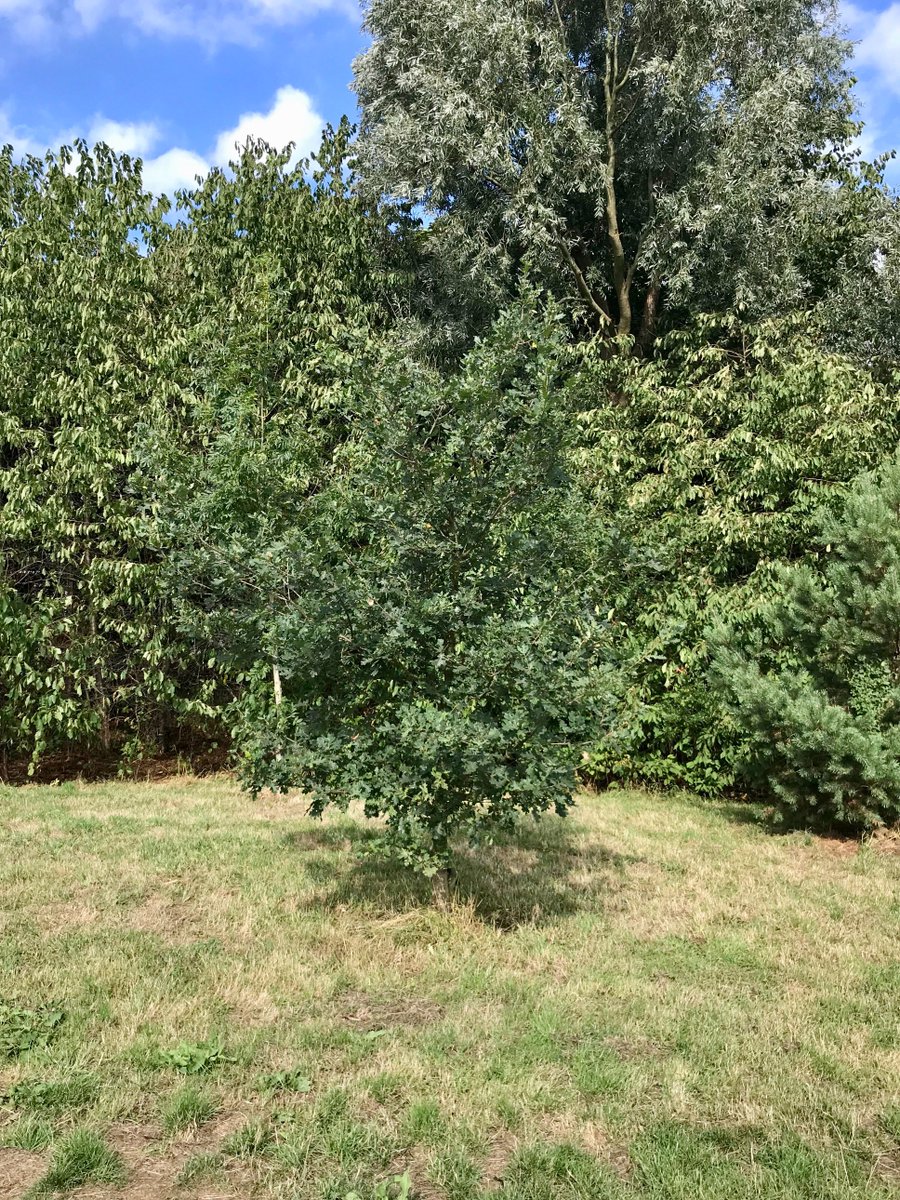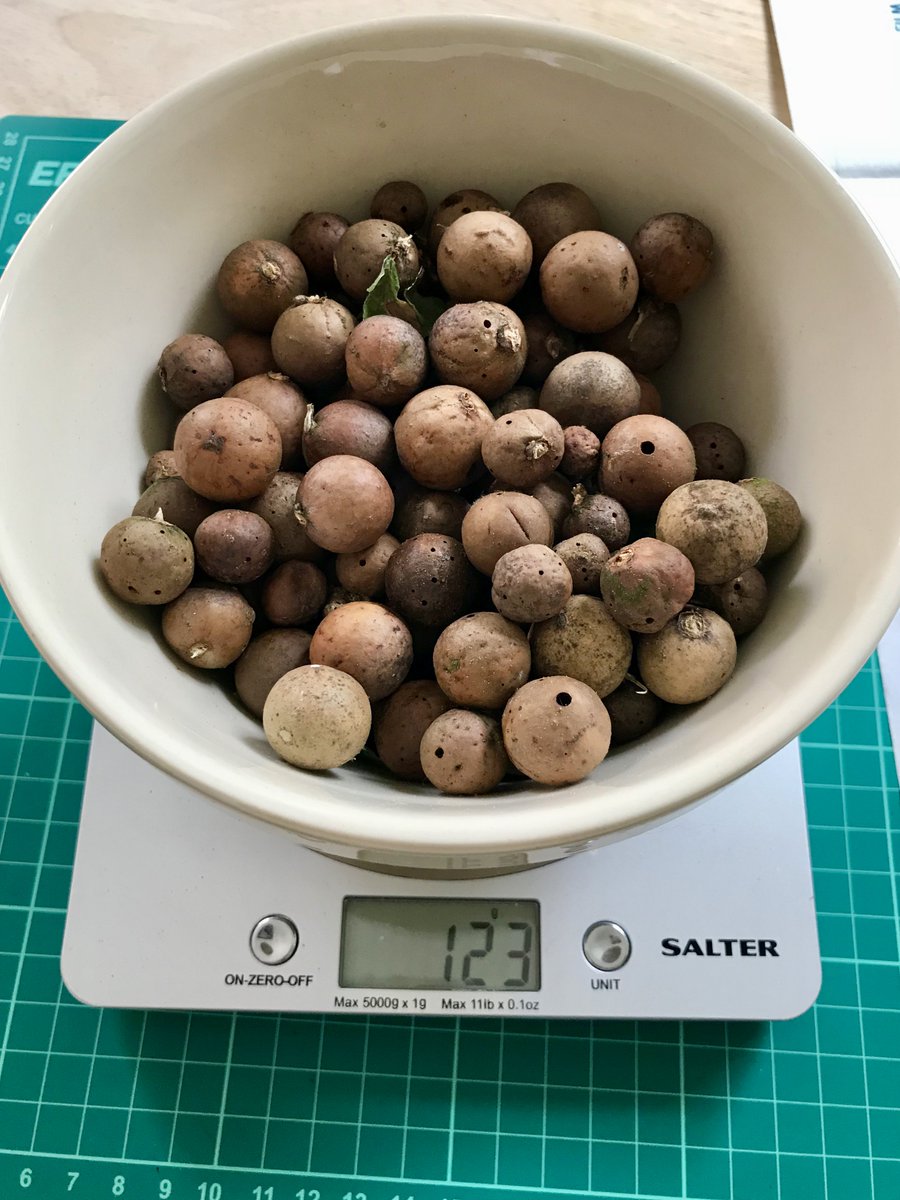
Time to smash some lapis! #teachingmanuscripts 


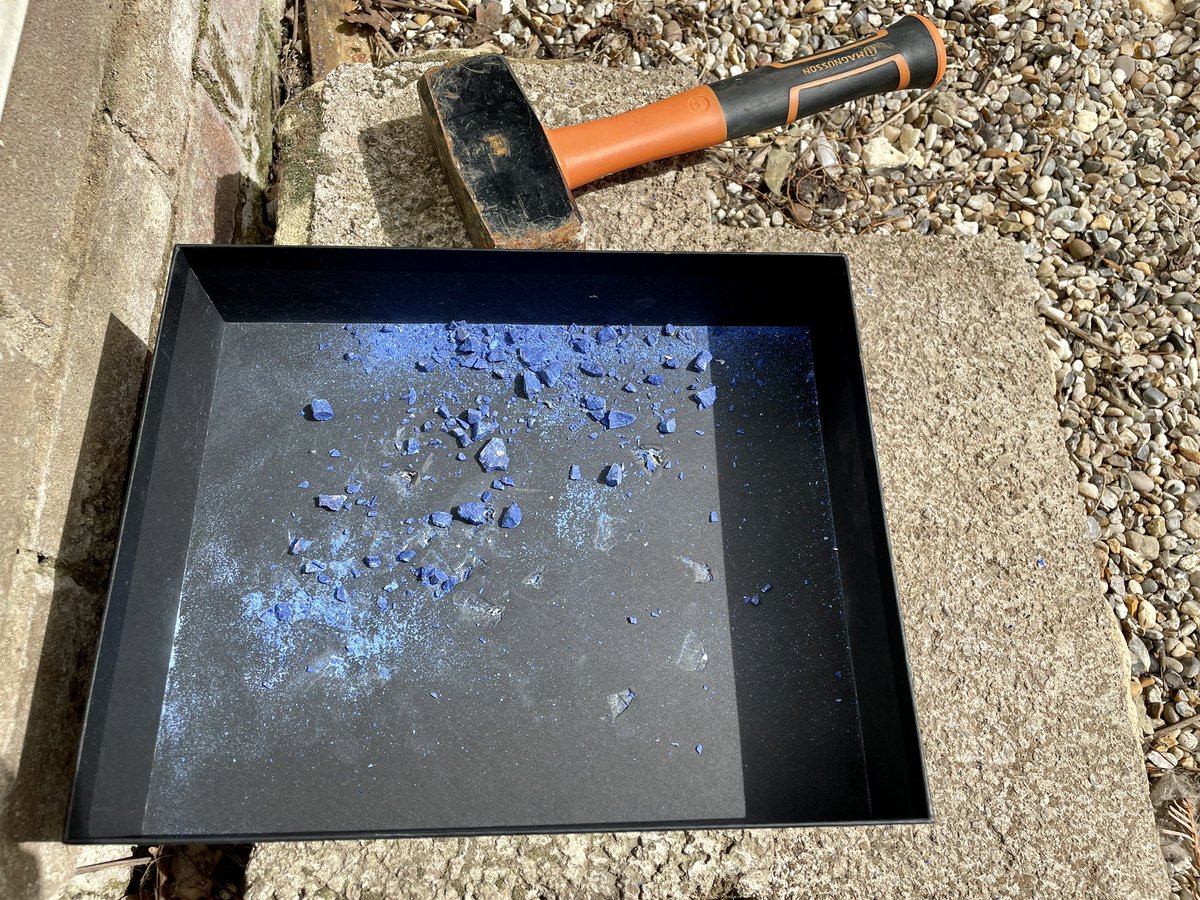
Make sure your pestle is wearing a pretty skirt when grinding the smaller chunks, otherwise you’ll lose some lapis 

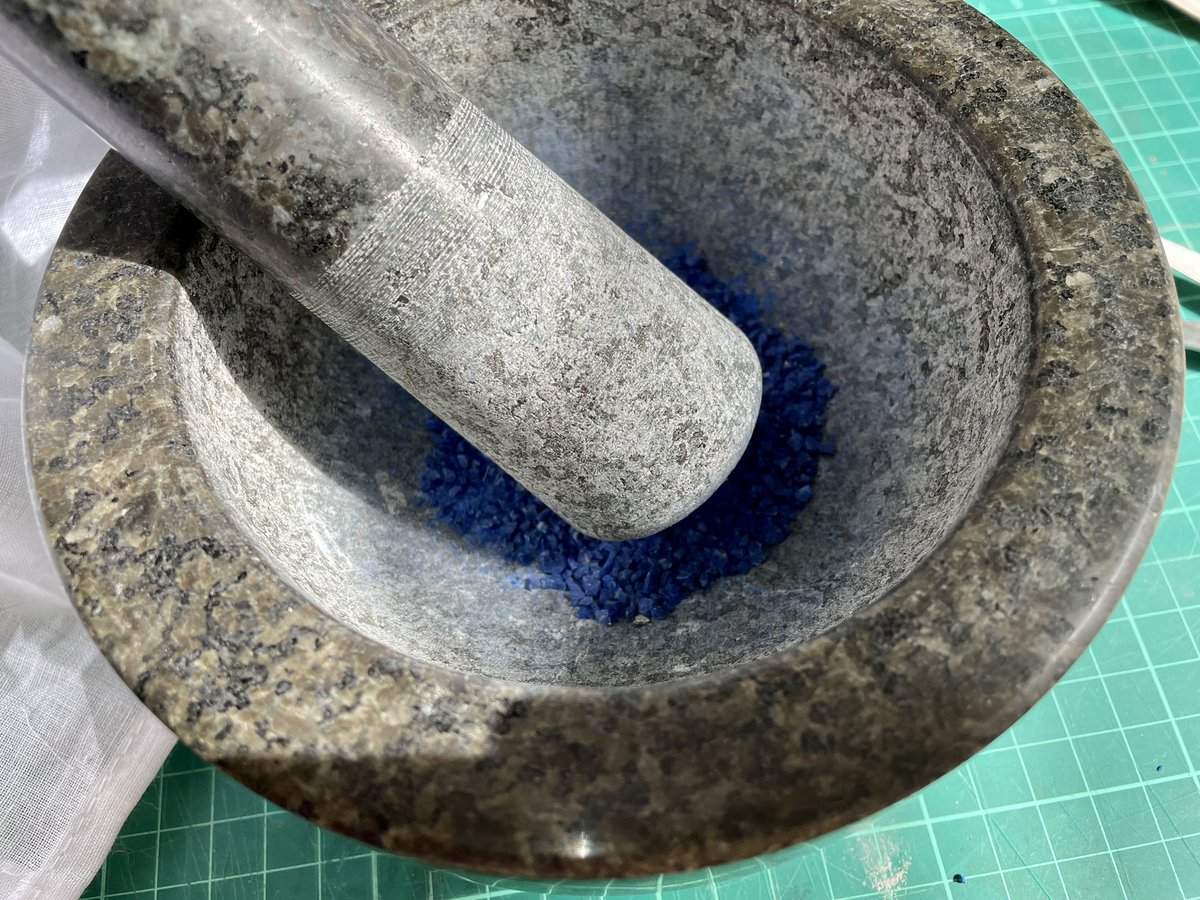

Which is hard when you have kittens constantly scaling your legs #medievalstuffwithcats 

Ta-da! A very expensive crayon! Which will harden over the next few days. Then I'll do more stuff to see if I end up with any pigment that's any good.
Totally get why lapis was such an expensive pigment - it's a nightmare 🙄 #teachingmanuscripts #lapislazuli #medievalcolours
Totally get why lapis was such an expensive pigment - it's a nightmare 🙄 #teachingmanuscripts #lapislazuli #medievalcolours

Lapis update! Time to extract the pigment . I let the wax crayon soften in warm water for ten minutes, then moved it onto another bowl of warm water with some potassium carbonate (left) #lapislazuli 

Then (wearing gloves because potassium carbonate is not kind to hands) I massaged the wax to release the pigment into the water. This is based on Cennino Cennini's fifteenth century recipe. The impurities should stay in the wax
It took nearly two hours and lots of water changes - but eventually most of the pigment had come out #Lapislazuli 

I've got four grades, which are drying out. I'll probably rinse them again and pick out any further impurities, then grind to a fine powder. If this was a commercial venture, I would charge eleventy million pounds per gram, because it is such an absolute pain in the arse to make 



Still, it kept me and Gabriel busy 🙂 #teachingmanuscripts #medievalstuffwithcats #lapislazuli #medievalcolours #cennini 

unroll @threadreaderapp
• • •
Missing some Tweet in this thread? You can try to
force a refresh










